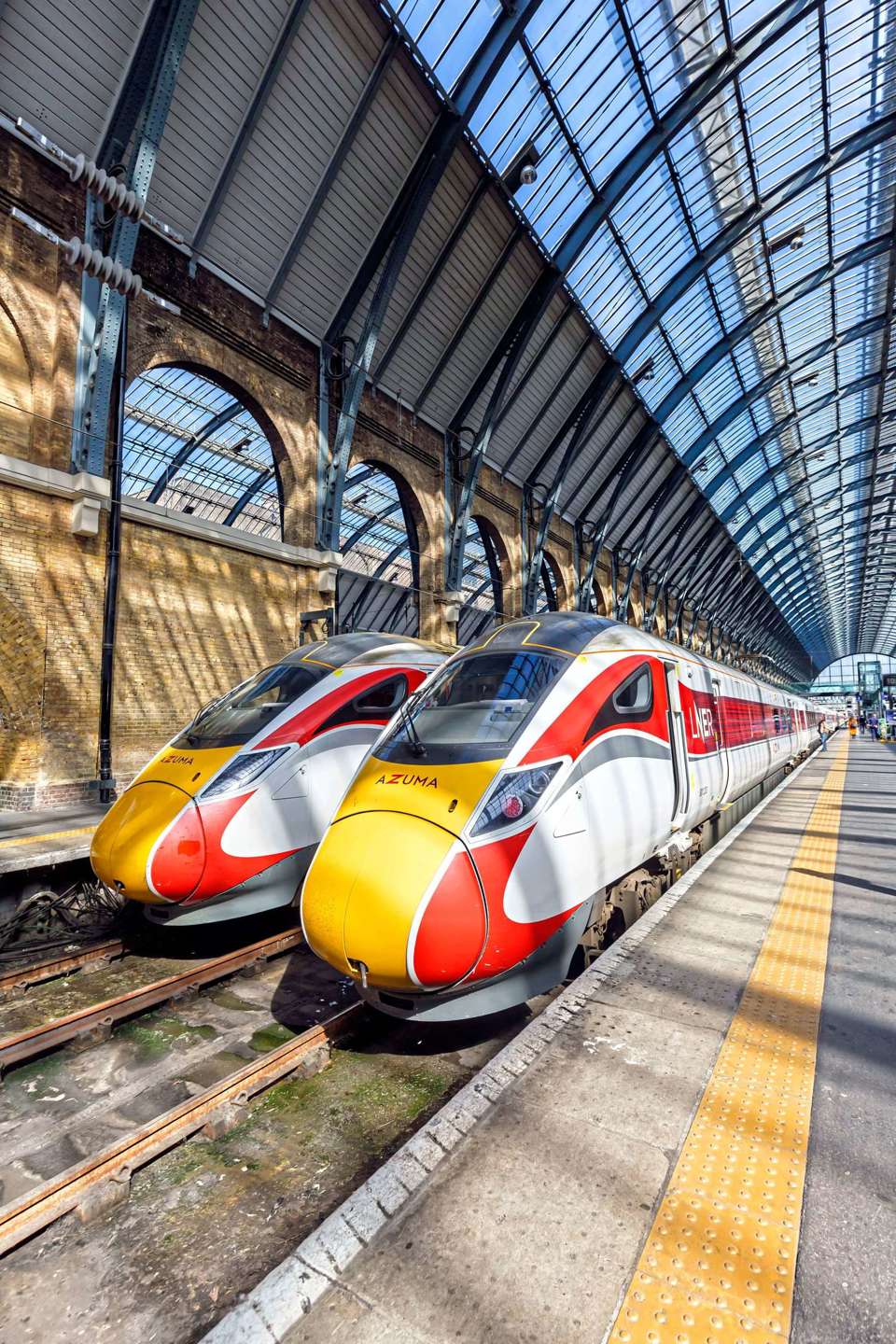Transport Focus research consistently confirms value for money as a top priority for passengers.
Only reliability and punctuality come close in importance.
Transport Focus research consistently confirms value for money as a top priority for passengers.
Only reliability and punctuality come close in importance.
Meanwhile, in our surveys, only around six in ten passengers are satisfied with value for money on their most recent journey.
This has long been rail’s Achilles heel, even before recent cost of living pressures.
But value for money is not all down to ticket costs. Judgements are influenced heavily by train punctuality and the ability to get a seat.
A fares structure that many people find complicated and confusing is also a barrier. It’s hard to feel satisfied if you worry you may have paid more than you needed to.
Complex fares also affect how people buy their ticket. While many passengers have switched to buying their ticket online, a sizeable minority remain reluctant. Our research shows this often comes from concern that they may not be buying the cheapest ticket. In the words of passengers:
“When trying to book tickets for journeys online I have found the choices, variations in prices bewildering, and the website options confusing.”
“With the complexity of different rail companies and different types of tickets, I could only be confident I had the right ticket for each part of the journey when I purchased it at the ticket office.”
So, what do passengers want from fares reform? They tell us they want a fares system that is simple to use, easy to understand, and flexible enough to cater to how they work and travel today.
All this is easier said than done. Nobody wants the fare they use to be removed in the name of simplification. However, a simpler and more understandable fares system doesn’t have to mean no choice - many people are willing to trade some flexibility about when they travel to save money.
Part of the success of pay-as-you-go is in capping fares so that passengers don’t have to think about what ticket to buy.
I worked at Transport for London when Oyster was introduced. When someone explained to me it would include fare capping, it felt almost too good to be true. I kept asking questions, not sure if I had understood it right.
Returning to the transport sector nearly 20 years later, it seems scarcely believable that many urban areas are still waiting for an Oyster equivalent.
Simple ‘tap and go’ systems are never going to be the answer for every journey, however.
On longer-distance journeys, the elephant in the room is (of course) split ticketing. That train companies don’t automatically offer the best deal is one of the main reasons why trust in fares has been eroded.
Split ticketing has gone mainstream. Members of my team at Transport Focus regularly save more than £70 on a peak-time journey from London to Manchester just by splitting at Milton Keynes. People should not find themselves paying radically different prices based on where and how they bought their ticket.
This is one of the reasons why Transport Focus joined with the Rail Delivery Group in launching the Easier Fares consultation in 2018. With nearly 20,000 responses, more than eight out of ten wanted the fares system overhauled. There’s no reason to think there is any less appetite for change now.
There have been some improvements since. Single-leg pricing was successfully trialled on LNER, allowing people to mix and match ticket types and pay only for the level of flexibility they need, while doing away with the nonsense of off-peak singles being only £1 cheaper than a return.
Barcode ticketing has been introduced, allowing more people to use their phone.
And the rollout of pay-as-you-go ticketing outside London has begun.
However, these individual initiatives will not be enough on their own. A clear strategy is needed to help people see how the various trials and developments fit together and to set out a long-term vision.
Change can be uncomfortable - there will be winners and losers. The best way through this delicate process is pilots providing transparent evidence against clearly communicated objectives.
LNER’s new demand-based pricing trial has come in for a lot of criticism. Some fares are clearly higher, but what’s less clear is how many are lower and if the cost per passenger overall is intended to remain the same.
Trials such as these are just that - we won’t know if they work until we see the results. But before then, if they are to command people’s confidence more effort will need to be put in to how they are communicated.
With value for money a top priority for passengers, the stakes couldn’t be higher if we want to get more people back on our railways.
About the author
Alex Robertson is chief executive of Transport Focus. He spent over five years at Transport for London early in his career working in policy and public affairs. Prior to joining Transport Focus, he was the Executive Director for Strategy and Operations with the Parliamentary Health Service Ombudsman and Chief Operating Officer at the Pensions Ombudsman.
Login to continue reading
Or register with RAIL to keep up-to-date with the latest news, insight and opinion.



















Login to comment
Comments
No comments have been made yet.